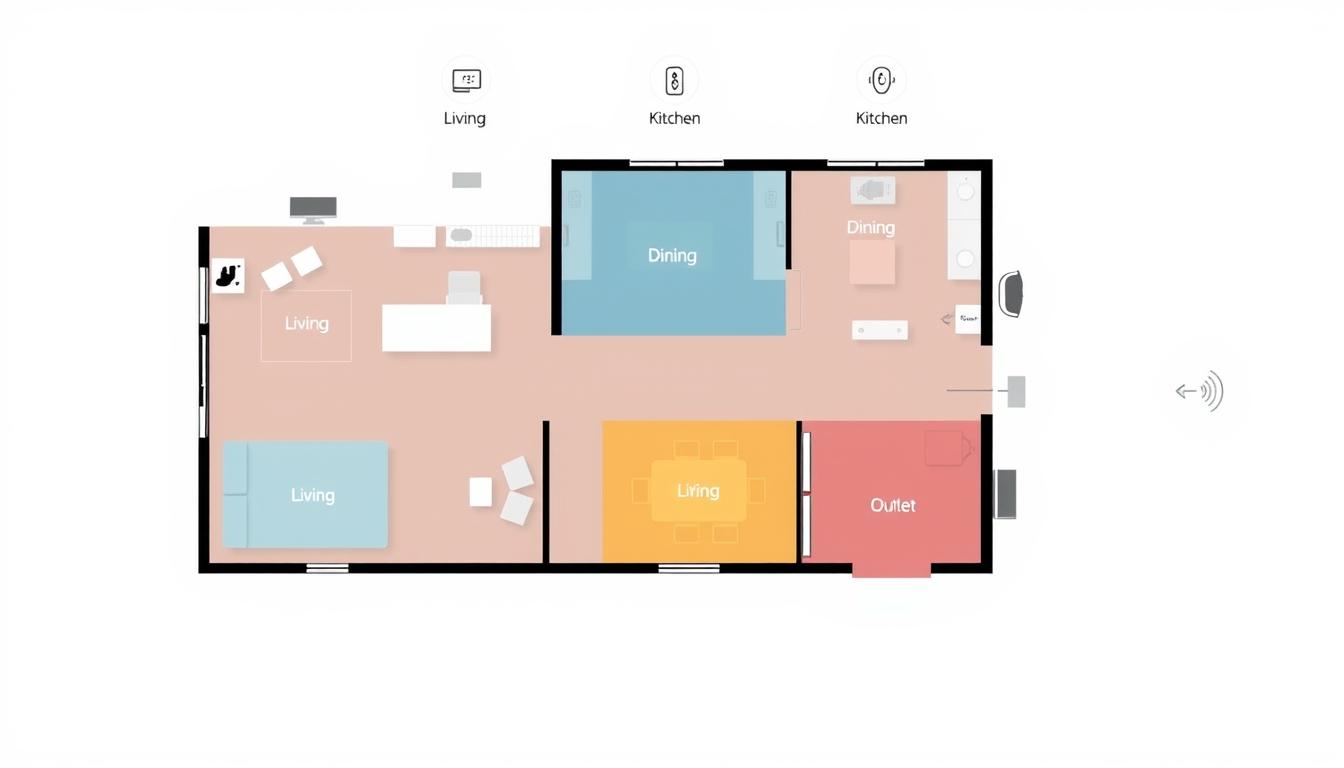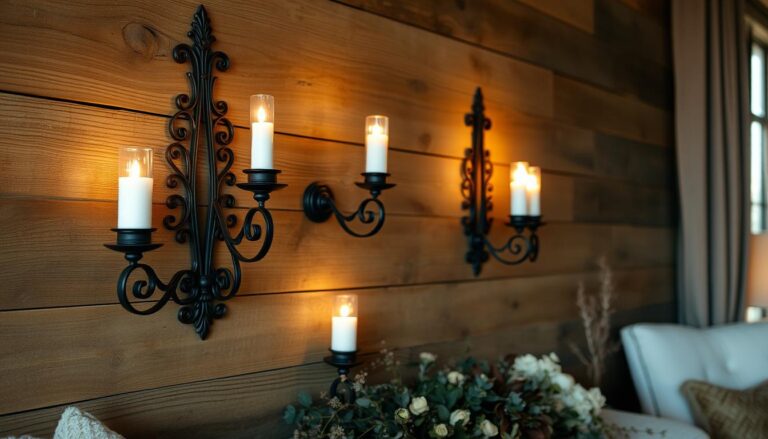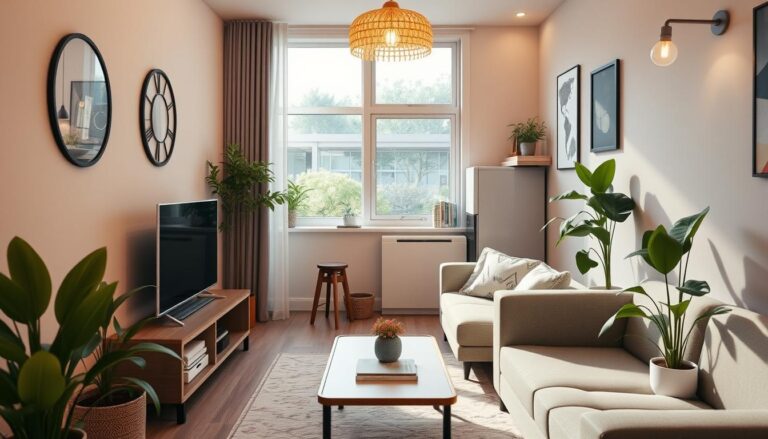Smart Home Floor Plan: Symbols, Outlets & Lighting
Creating a smart home floor plan needs careful thought about technology. It starts with knowing how symbols, outlets, and smart lights work together. This makes your home a seamless, connected living space.
Modern home design is more than just architectural layouts. It involves planning for smart home technology. This includes electrical setup, device placement, and network connections. By planning your smart home floor plan well, you can turn your space into a smart, responsive home.
Every part of your home, from lights to outlets, is important in your smart home plan. Smart home design focuses on looks and function. It makes sure all tech works together to improve your daily life.
Knowing about smart home symbols helps you see how devices will work together. It’s key to know where to put smart lights, network hubs, and outlets. This makes your smart home not just functional but exceptional.
Your floor planning approach affects your home automation system’s success. Think about Wi-Fi coverage, power needs, and device compatibility when making your smart home plan.
Understanding Smart Home Floor Plan Basics
Creating a smart home floor plan is more than just drawing a house. It’s about designing a space where IoT devices and home automation work together seamlessly. This layout is your guide to making your home smart.
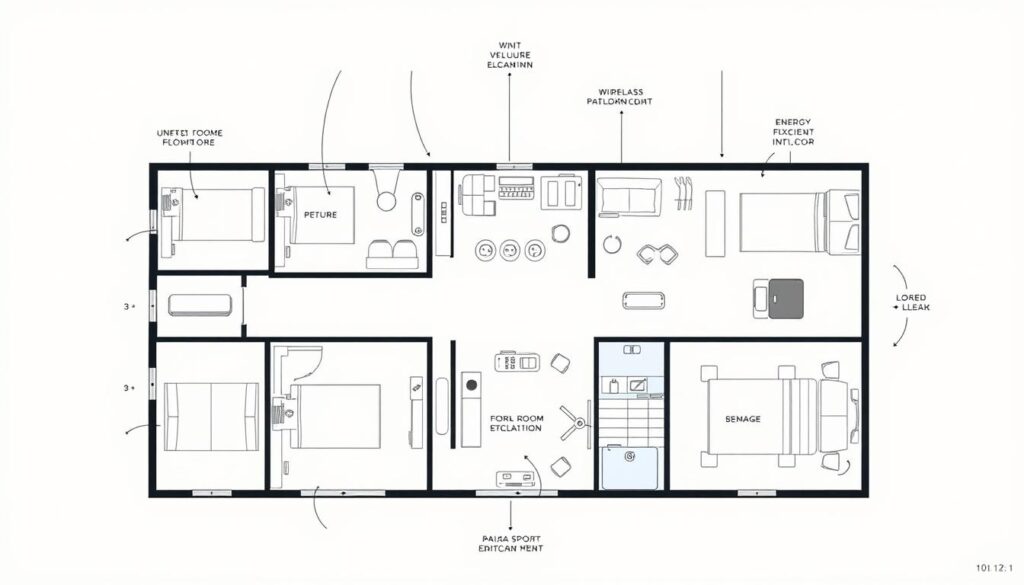
Smart home design changes how we live. It’s not just about the house’s layout. It’s about adding tech that makes your home smart and connected.
Traditional vs Smart Home Floor Plan Elements
- Traditional plans focus on structural layout
- Smart home floor plans prioritize technological connectivity
- Integrated IoT devices require specialized electrical and network considerations
Key Components of Modern Smart Home Design
| Component | Purpose | Key Considerations |
|---|---|---|
| Network Infrastructure | Wireless Connectivity | Robust Wi-Fi coverage |
| Power Outlets | Device Charging | Strategic placement for smart devices |
| Control Centers | Central Management | Centralized smart home symbols |
Essential Planning Considerations
- Evaluate current and future technology needs
- Create flexible infrastructure for smart home floor plan symbols
- Plan for scalable home automation systems
- Consider potential device interconnectivity
Your smart home floor plan should be ready for new tech. This way, your home stays modern and adaptable.
Smart Home Floor Plan Symbols Outlets Smart Lights etc
Creating a smart home floor plan means knowing special symbols for different smart home tech. These symbols help architects, electricians, and homeowners see the complex network of smart devices and systems.
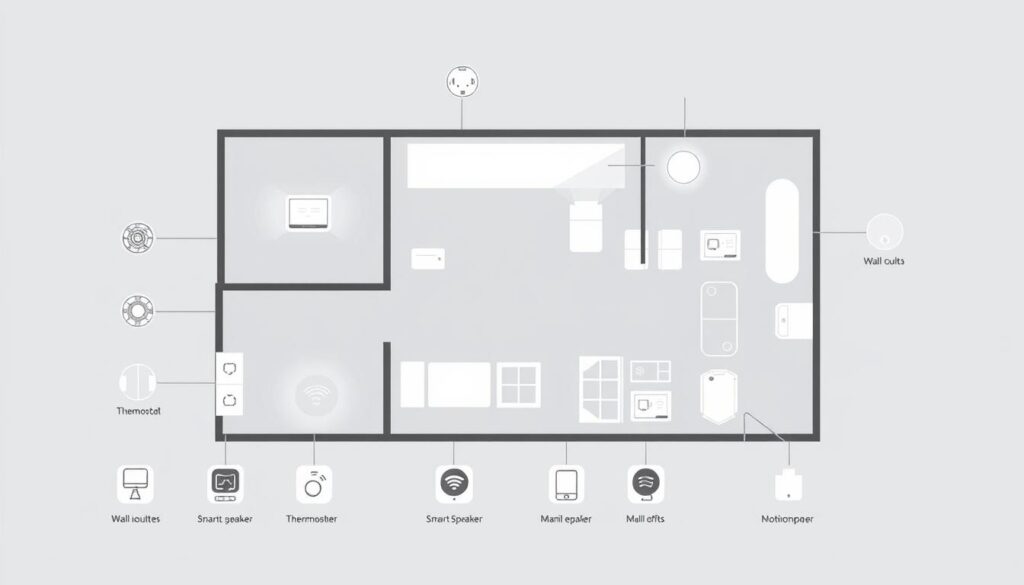
Smart home floor plan symbols are key to mapping out your IoT device world. Unlike old floor plans, these designs use special icons for smart lights, outlets, and connected devices.
-
Smart Light Symbols: Usually shown as circular icons with wireless signals inside
-
IoT Device Icons: Made of geometric shapes with wireless connectivity signs
-
Smart Outlet Notations: Special markers on electrical outlets showing network features
When making your smart home floor plan, you’ll see many symbol types. These symbols show what devices do and where they go. They help place smart home tech right.
| Symbol Type | Device Category | Typical Representation |
|---|---|---|
| Circular with Waves | Smart Lights | Wireless connectivity indicator |
| Hexagonal with Network Icon | IoT Sensors | Data transmission capability |
| Outlined Outlet | Smart Electrical Outlets | Network-enabled power source |
Experts say to use standard symbols for clear communication at all stages. Using the same icons makes it easy for everyone in your smart home project to get the tech setup.
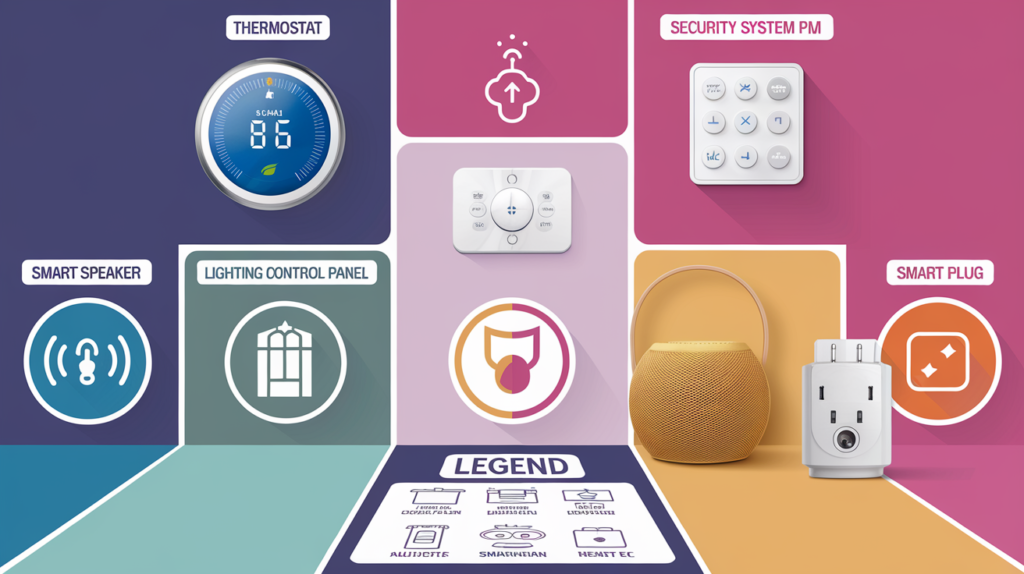
-
Color coding can make symbols easier to read
-
Creating a legend can explain complex symbols
-
Today’s digital tools offer advanced symbol libraries
Knowing these symbols lets you design better, connected living spaces. These spaces use the latest IoT tech.
Strategic Placement of Smart Home Infrastructure
Building a smart home needs careful planning. You must think about where to put your IoT devices and network setup. The right placement of these components is key for smooth connections and saving energy.
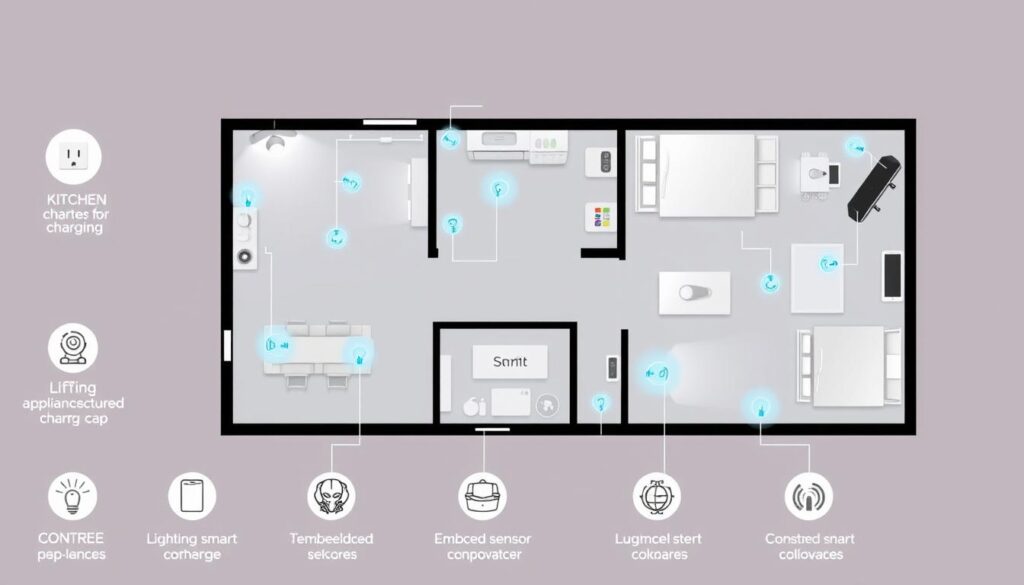
Optimal Locations for Hub Devices
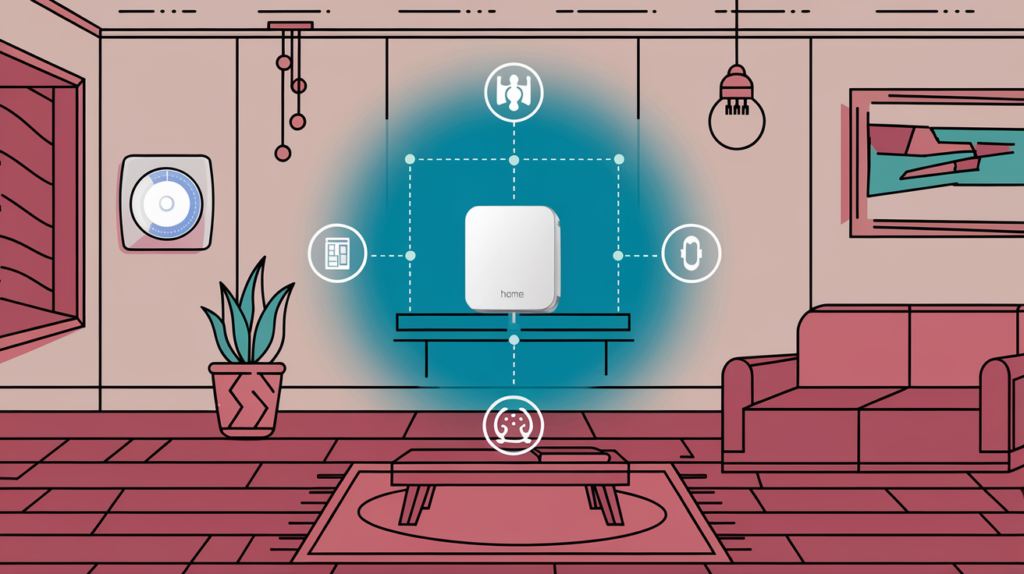
- Choose central locations with minimal signal interference
- Ensure hub devices are away from metal objects and electronic interference
- Position centrally to maximize Wi-Fi and Zigbee/Z-Wave coverage
Wi-Fi Coverage Planning
Your home automation network needs strong wireless connections. It’s important to plan Wi-Fi placement well to avoid dead zones and keep performance steady across all devices.
- Map your home’s layout before installing access points
- Use mesh network systems for comprehensive coverage
- Consider signal strength and potential obstacles
Power Distribution Requirements
Good power management is key for your smart home. Plan your power setup to keep IoT devices running smoothly and avoid system failures.
- Install dedicated circuits for high-demand smart home systems
- Use uninterruptible power supplies (UPS) for critical devices
- Consider energy-efficient power management solutions
With careful planning, you can build a smart home that’s strong, efficient, and reliable. It will make your living space better.
Integrating Voice Assistants and Control Centers

Voice assistants have changed home automation, making it easier to control your smart home. These devices act as central hubs, letting you control many systems with just your voice.
Choosing the right spot for your voice assistants is key. Here are some tips:
-
Put voice assistants in busy places like living rooms and kitchens
-
Place them at the right height for the best sound
-
Make sure Wi-Fi is strong everywhere
-
Set up zones for your voice assistants for better control
When planning your smart home, make voice assistants the heart of your setup. Devices from Amazon Alexa, Google Home, and Apple HomePod each have special features. They can make your home smarter and more connected.
But voice assistants do more than just listen. They also work with apps on your phone. This lets you control your home from anywhere. You can adjust lights, temperature, security, and entertainment with just a few taps.
Picking the best voice assistant depends on your home setup. Look at how well it works with other devices, sound quality, and privacy. These factors will help you choose the right one for you.
Security System Layout and Camera Placement
Creating a smart home security system needs careful planning. It turns your home into a safe, high-tech space. This protects your property and family.
Home protection involves many IoT devices and symbols on your floor plan. Knowing where to place them is key to strong security.
Entry Point Protection
Securing your home starts with protecting entry points. Focus on these areas:
- Front and back doors
- Garage entrances
- First-floor windows
- Basement access points
Motion Sensor Coverage Areas
Motion sensors need strategic placement to watch over your home. Key areas include:
- Main hallways
- Staircase areas
- Living room
- Exterior perimeter
Video Surveillance Zones
Good video surveillance needs cameras in the right spots. This ensures full coverage and no blind spots.
| Location | Recommended Camera Type | Coverage Angle |
|---|---|---|
| Front Entrance | Wide-angle doorbell camera | 180 degrees |
| Backyard | Weatherproof PTZ camera | 360 degrees |
| Garage | Night vision camera | 120 degrees |
By using these strategies, you’ll build a strong smart home defense. This gives you peace of mind and full protection.
Energy Efficiency Through Smart Device Positioning
Start saving energy in your smart home by placing devices wisely. Smart lights and appliances help cut down energy use when placed right in your home.
Understanding how smart devices work in your home can boost energy efficiency. Here are some tips for placing devices well:
-
Put smart lights near windows to use natural light better
-
Keep smart thermostats away from sunlight and heat
-
Choose smart appliance spots based on room temperature and use
Smart device placement can lead to big energy savings. Each area of your home needs its own energy-saving plan.
| Home Zone | Energy Efficiency Strategy | Potential Savings |
|---|---|---|
| Living Room | Smart light sensors with motion detection | 15-25% electricity reduction |
| Kitchen | Smart appliance scheduling | 20-30% energy conservation |
| Bedroom | Automated lighting and temperature control | 10-20% power savings |
By planning your smart home’s energy use, you can make it more eco-friendly and save money. Smart tech lets you control and track energy use in every room.
Remote Access and Network Architecture Planning
Building a strong network is key for a smart home. It lets you control your home from anywhere. This makes your life easier and safer.
Internet Connection Points
Putting internet points in the right spots is important. This lets you access your home from anywhere. Think about:
- Centralized router locations
- Mesh network systems
- Signal strength optimization
- Ethernet connections for critical devices
Backup Power Solutions
Having a backup power plan is crucial. It keeps your systems running when the power goes out. Good options include:
- Uninterruptible power supply (UPS) for critical network equipment
- Battery backup systems for routers
- Solar-powered charging stations
- Redundant cellular network connections

